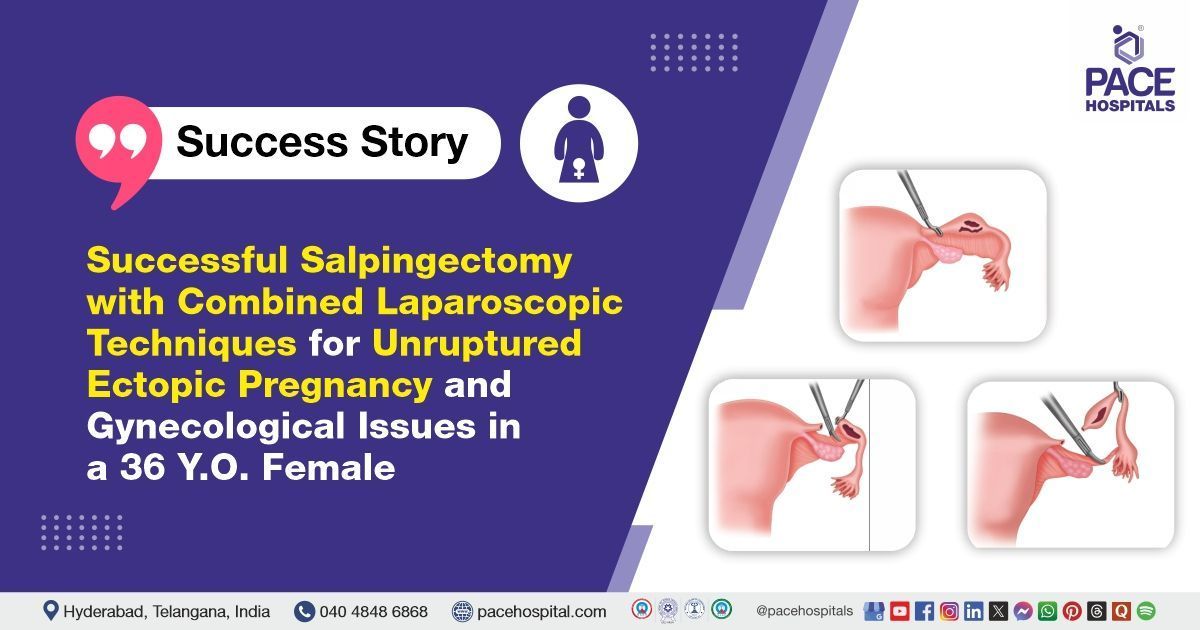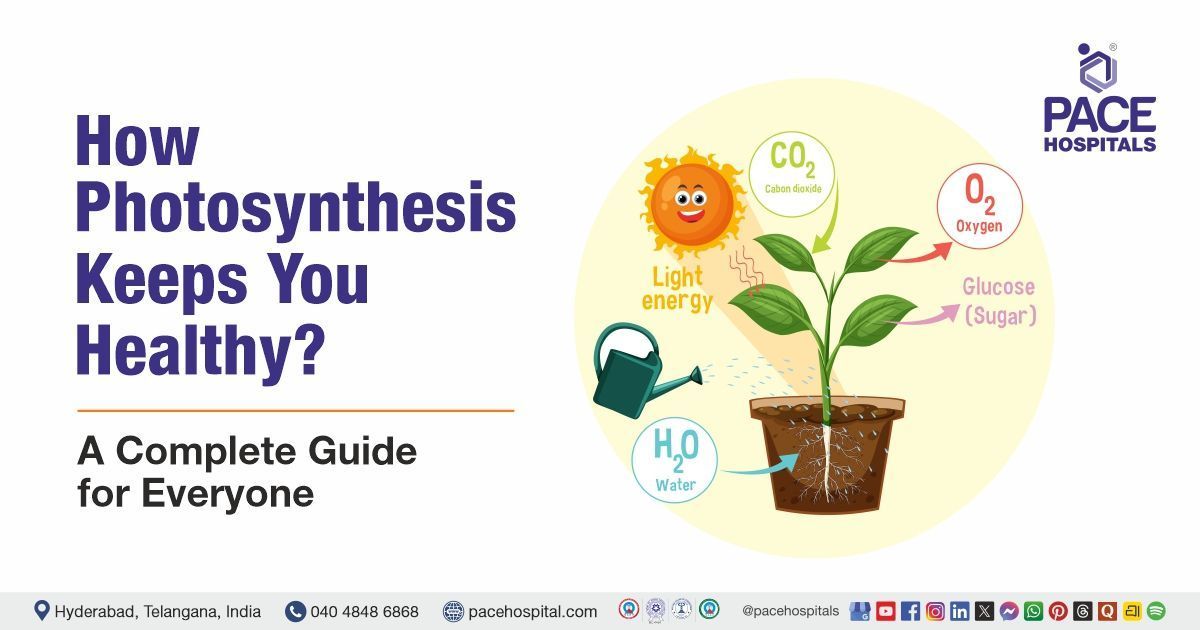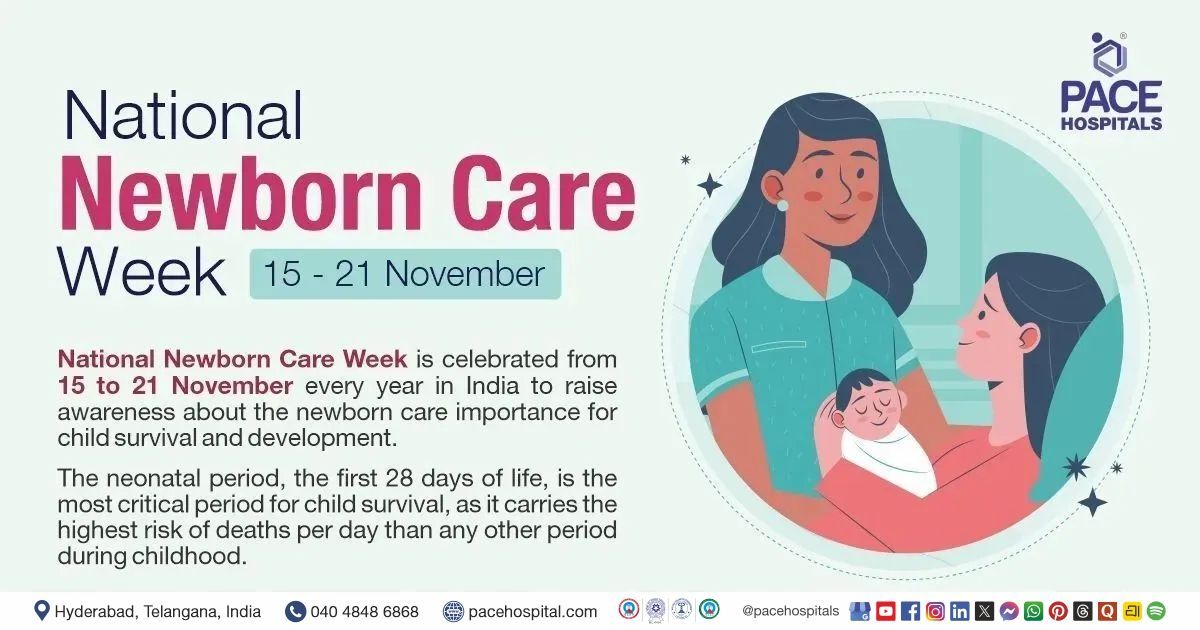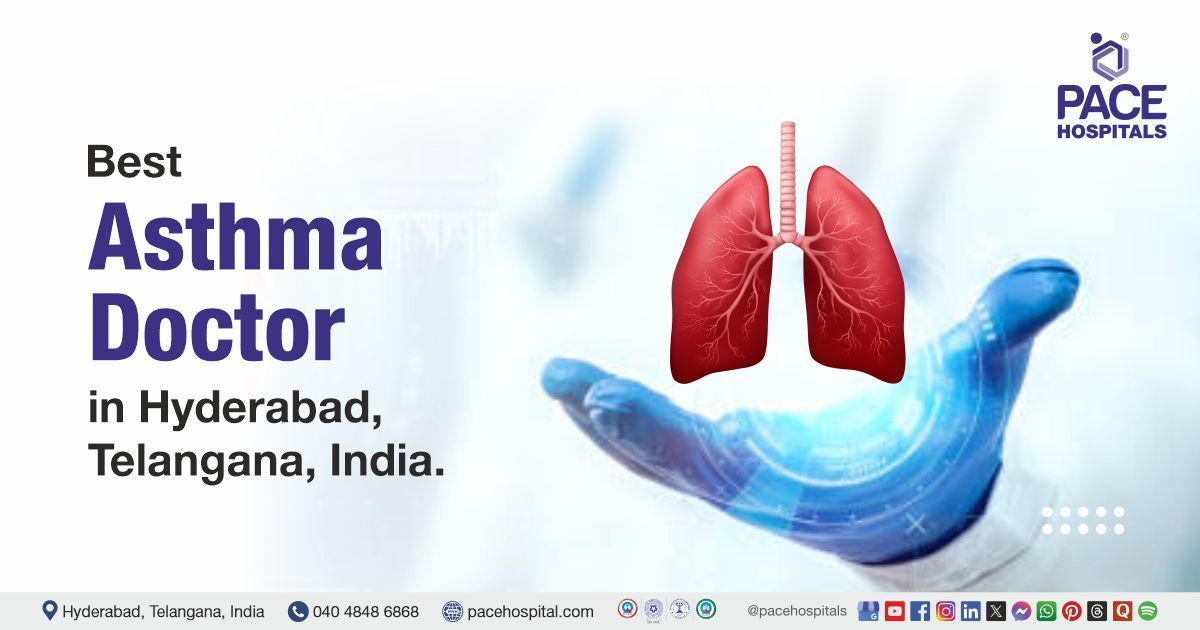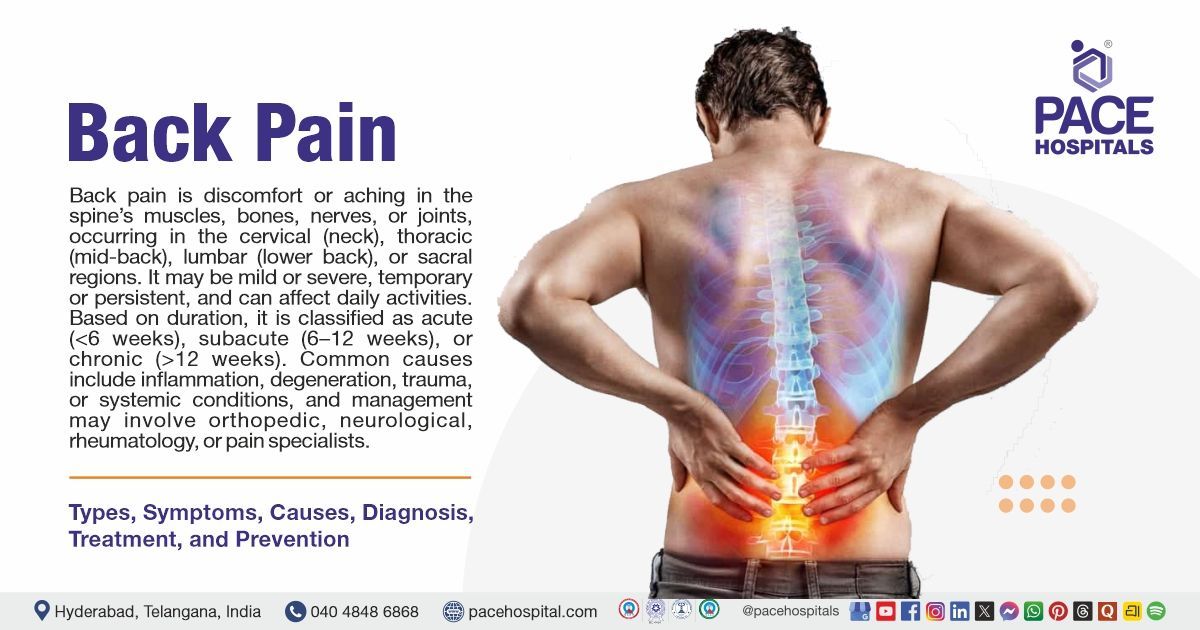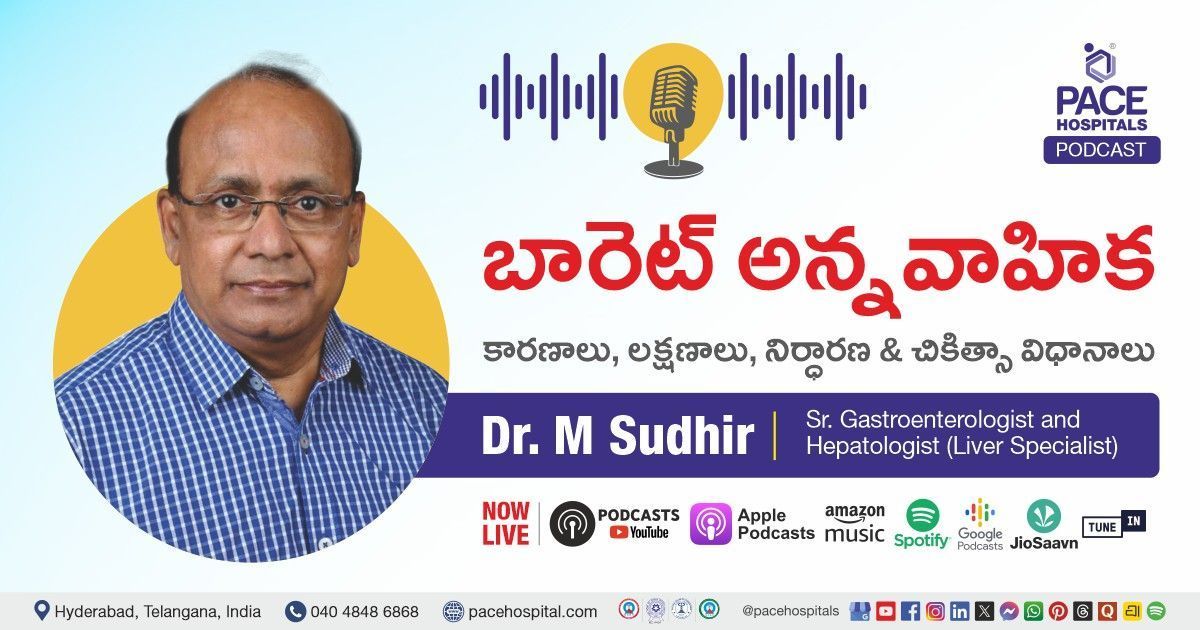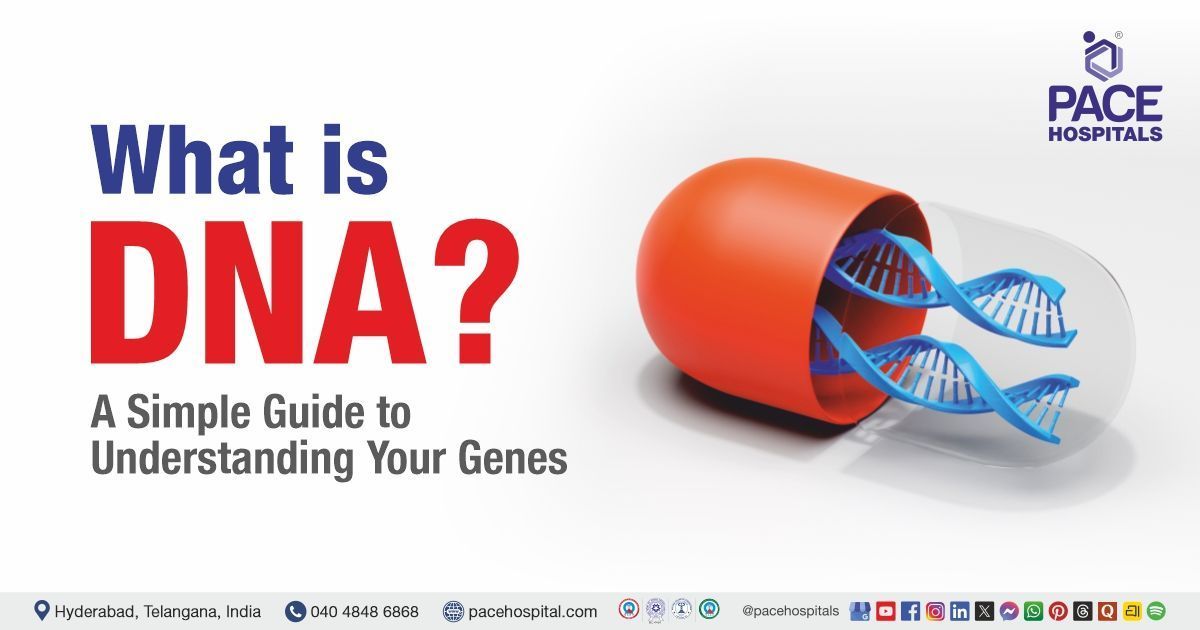Laparoscopic Salpingectomy for Ectopic Pregnancy in 36 Y.O. Female
PACE Hospitals
The PACE Hospitals’ expert Gynaecology team successfully performed a laparoscopic right salpingectomy, Isthmocele repair, left tubectomy in a 36-year-old female who had presented with a missed period. The procedure was carried out to manage an unruptured ectopic pregnancy, repair a caesarean scar defect (isthmocele), and allow thorough evaluation of the reproductive tract, effectively addressing her symptoms, preventing future complications, and promoting optimal recovery.
Chief Complaints
A 36-year-old female patient with a
BMI of 22 presented to the Gynaecology Department at
PACE Hospitals, Hitech City, Hyderabad, with complaints of a missed period. She reported that her last menstrual period (LMP) had occurred several weeks earlier and had visited the hospital for further evaluation.
Past Medical History
The patient had a history of P1L2, with a previous pregnancy (para 1) in which she delivered twin girls (live 2) 5 years ago through IVF treatment. She had no history of hypertension, diabetes mellitus, hypothyroidism, or asthma. There was no significant family history, and she reported no known drug or food allergies. Despite no significant medical or familial risk factors, the patient had a history of regular menstrual cycles and an uncomplicated obstetric background. This made the current presentation of a missed period with suspected ectopic pregnancy clinically unusual.
This history indicated that the patient had a stable reproductive and medical background, with no major risk factors typically associated with
ectopic pregnancy. Her prior successful IVF twin pregnancy and absence of comorbidities or surgical history suggested a low-risk profile, making the diagnosis of an ectopic pregnancy in this situation surprising and unusual.
General Examination
Upon admission to PACE Hospitals, the patient was hemodynamically stable. General examination showed that she was conscious, coherent, and cooperative. Cardiovascular and respiratory assessments were unremarkable, with normal heart sounds (S1, S2) and adequate bilateral air entry. Abdominal examination revealed a soft, non-tender abdomen without distension or guarding. Breast examination showed normal soft tissue with no palpable lumps.
Per speculum and per vaginal examinations revealed a bulky, high-positioned (located higher than usual), stenosed (narrowed) cervix that was barely visible, with no tenderness in the fornices (the surrounding areas of the vaginal walls). These findings aligned with her clinical presentation of a suspected unruptured ectopic pregnancy.
The examination results indicated that the patient was stable without any acute distress or systemic complications. The bulky, stenosed cervix and absence of tenderness suggested localised pelvic changes likely related to the ectopic pregnancy, supporting the clinical suspicion while ruling out widespread infection or rupture.
Diagnosis
After the initial examination, the patient underwent a comprehensive assessment by the Gynaecology team, which included detailed clinical evaluation, laboratory investigations, and imaging studies.
The urine pregnancy test (UPT) confirmed pregnancy, while transvaginal ultrasonography revealed an empty uterine cavity, a right adnexal mass suggestive of an unruptured ectopic pregnancy, and a defect at the site of the previous caesarean scar consistent with an isthmocele.
These findings aligned with the patient’s symptoms of a missed period and a positive UPT, despite the absence of an intrauterine gestational sac (intrauterine pregnancy). The right adnexal mass supported the diagnosis of ectopic implantation, and the isthmocele indicated a structural weakness from her prior caesarean section.
The absence of an intrauterine pregnancy alongside the presence of a right adnexal mass strongly indicated ectopic implantation. The isthmocele identified on ultrasound explained the structural defect at the previous caesarean scar site.
Together, these diagnostic results confirmed the clinical suspicion and allowed for a timely and accurate diagnosis. Based on this comprehensive evaluation, the patient was advised to undergo Ectopic Pregnancy Treatment in Hyderabad, India, under the expert care of the Gynaecology Department at PACE Hospitals in Hyderabad, ensuring complete treatment, symptom relief, and prevention of further complications.
Medical Decision-Making
After a thorough evaluation by Dr. Mugdha Bandawar, Consultant Gynaecologist, a comprehensive diagnostic and therapeutic plan was determined based on the patient’s clinical presentation, imaging findings, and overall reproductive history.
It was decided that the most effective and definitive treatment would involve a laparoscopic right salpingectomy to address the unruptured ectopic pregnancy, along with isthmocele repair to correct the caesarean scar defect, left tubectomy for prophylactic management to evaluate the integrity of the urinary bladder and surrounding structures.
The patient and her family were thoroughly counselled about the nature of the condition (unruptured ectopic pregnancy), the proposed surgical procedure, its potential risks, and the necessity of surgery to prevent further complications.
Surgical Procedure
Following the clinical suspicion, the patient was scheduled to undergo a Laparoscopic Salpingectomy in Hyderabad at PACE Hospitals, combined with Isthmocele repair and left tubectomy, under the expert supervision of the Gynaecology Department.
The right salpingectomy was necessary to remove the fallopian tube affected by the ectopic pregnancy and prevent rupture or internal bleeding.
The isthmocele repair targeted the structural defect in the uterine wall caused by a previous caesarean delivery, which could lead to abnormal uterine bleeding or complications in future pregnancies.
The left tubectomy was performed to prevent future ectopic pregnancies, especially in the context of completed family planning. This combined approach offered the safest and most comprehensive solution for her condition, minimizing future risks and optimizing recovery.
After ensuring that the patient clearly understood the procedure and its implications, informed consent was obtained. The medical team first ensured that the patient was clinically stable, considering the potential risks associated with her unruptured ectopic pregnancy and isthmocele.
A comprehensive pre-operative assessment was conducted, which included all necessary investigations and a detailed pre-anaesthesia check-up to evaluate her overall fitness for surgery.
After the completion of pre-operative evaluation and obtaining informed consent, the patient was taken up for surgery. Under general anaesthesia, a laparoscopic approach was undertaken to ensure a minimally invasive and comprehensive treatment.
Intraoperative Steps and Findings
During the procedure, the surgical team performed a thorough laparoscopic exploration, identifying key anatomical abnormalities and addressing each through precise operative steps.
- Initial Laparoscopic Exploration: Upon entry into the peritoneal cavity, laparoscopic evaluation revealed that the ampullary region of the right fallopian tube was the site of the unruptured ectopic pregnancy.
- Right Salpingectomy: A laparoscopic right salpingectomy was performed to remove the affected fallopian tube and eliminate the ectopic gestation, thereby preventing rupture or haemorrhagic complications.
- Left Tubectomy: A left tubectomy was done as a prophylactic measure for permanent sterilization, in alignment with the patient’s family planning goals.
- Ovarian Assessment: Both ovaries appeared normal, with no pathological findings noted.
- Evaluation of Uterovesical Adhesions: Dense adhesions were observed between the lower uterine segment, bladder, and anterior abdominal wall, likely secondary to previous caesarean section(s).
- Adhesiolysis and Bladder Dissection: The bladder was carefully dissected and separated from the uterine wall to gain access to the caesarean scar area.
- Isthmocele Identification and Repair: A 2 × 3 cm isthmocele (a defect at the previous caesarean scar site) was identified. The isthmocele was surgically repaired, restoring the anatomical integrity of the uterine wall.
- Hysteroscopy: Hysteroscopy was not performed due to a pulled-up and stenosed cervix, which limited access.
The surgery was completed successfully without intraoperative complications. This carefully planned and executed multistep laparoscopic surgery addressed all major pathologies: the unruptured ectopic pregnancy, the caesarean scar defect (isthmocele), and permanent contraception. The advanced minimally invasive approach not only ensured complete resolution of symptoms but also promoted faster recovery, minimized postoperative pain and scarring, and significantly reduced the risk of future complications.
Postoperative Care
The patient's postoperative recovery was smooth and uneventful, with no complications noted during the immediate post-surgical period. Following the surgery, she was administered medications that worked by reducing the levels of certain hormones in the body. Her condition was closely monitored in the ICU for six hours.
Intravenous antibiotics, analgesics, antiemetics, antipyretics, and other supportive treatments were administered. The surgical wound remained healthy, with no signs of infection observed.
Once she was stable and exhibited no signs of distress, the patient was discharged upon her request with appropriate post-discharge care instructions. As per the postoperative plan, the Foley catheter was to be retained for 24 hours. She was advised to follow up as scheduled. Her condition remained hemodynamically stable throughout the recovery period.
Discharge Medication
Upon discharge, the patient was prescribed a combination of oral antibiotics to prevent infection, proton pump inhibitors (PPIs) to reduce gastric acidity, and analgesics for effective pain management. Additional supportive medications were also provided to facilitate her recovery.
She was given clear instructions to adhere strictly to the prescribed medication regimen, maintain proper wound hygiene to minimize the risk of complications, and gradually resume simple daily activities. To ensure a smooth and safe healing process, she was also advised to avoid strenuous physical exertion or any form of intense exercise during the recovery period.
Emergency Care
The patient was informed to contact the Emergency ward at PACE Hospitals in case of any emergency or development of symptoms such as pain in the abdomen, heavy menstrual bleeding, and fever.
Review and Follow up
The patient was advised to schedule a follow-up appointment with the Gynaecologist at PACE Hospitals, Hyderabad, one week after discharge. During this visit, the removal of surgical staples was planned, and her recovery was to be evaluated to determine the need for any further management.
Conclusion
This case underscores the effectiveness of minimally invasive surgery in managing complex gynaecological conditions. A successful laparoscopic right salpingectomy, along with isthmocele repair, left tubectomy, effectively treated the unruptured ectopic pregnancy while minimizing recovery time and reducing future complications.
The Significance of Ultrasound Screening in the Diagnosis and Management of Unruptured Ectopic Pregnancies
Ultrasound screening plays a vital role in the early detection and management of unruptured ectopic pregnancies. It allows for accurate localization of the gestational sac, helping distinguish ectopic pregnancies from intrauterine ones. Transvaginal ultrasound, in particular, provides high-resolution images that enable early diagnosis, often before symptoms become severe. Early identification through ultrasound reduces the risk of tubal rupture, internal bleeding, and associated complications. It also aids in selecting the most appropriate treatment approach—whether medical or surgical. Regular ultrasound monitoring ensures timely intervention, thereby improving patient outcomes. Overall, it is an essential tool for safe and effective clinical decision-making in suspected ectopic pregnancy cases. Consulting an experienced gynaecologist / gynaecology doctor is crucial for accurate diagnosis and timely treatment.
Share on
Request an appointment
Fill in the appointment form or call us instantly to book a confirmed appointment with our super specialist at 04048486868

